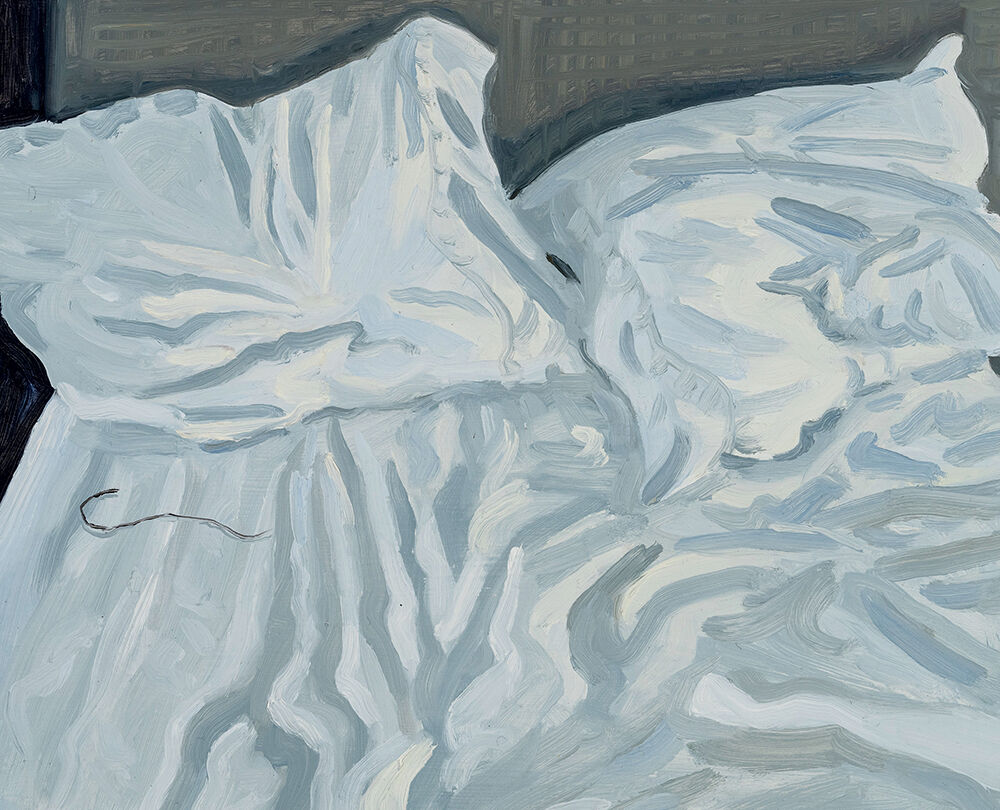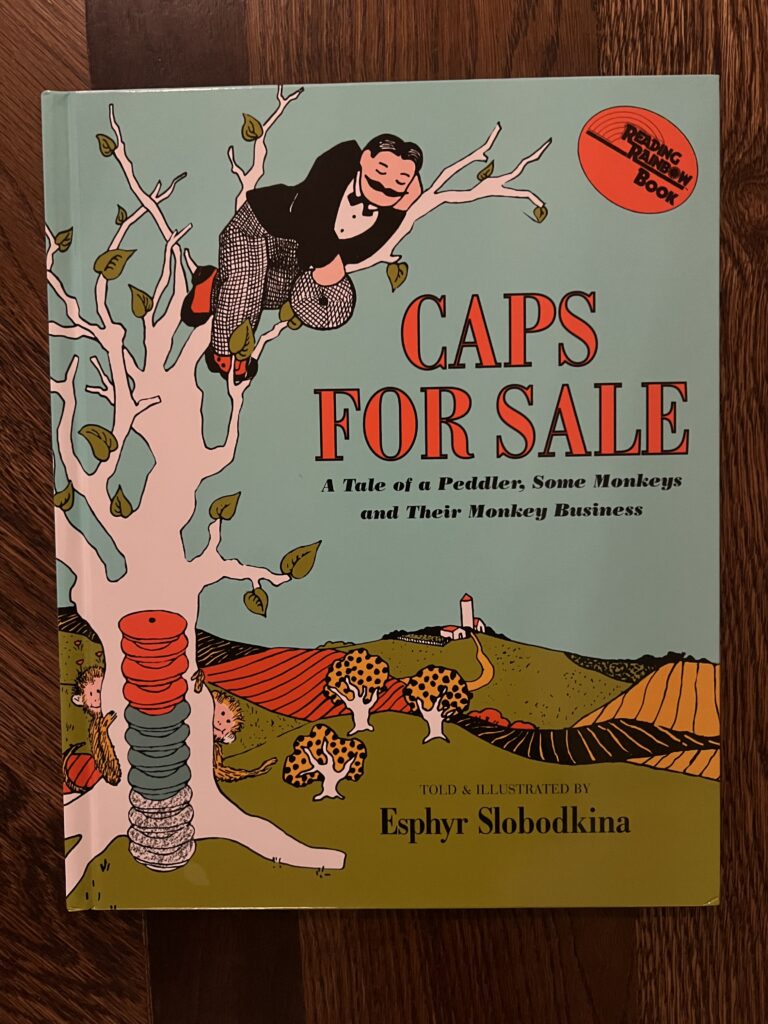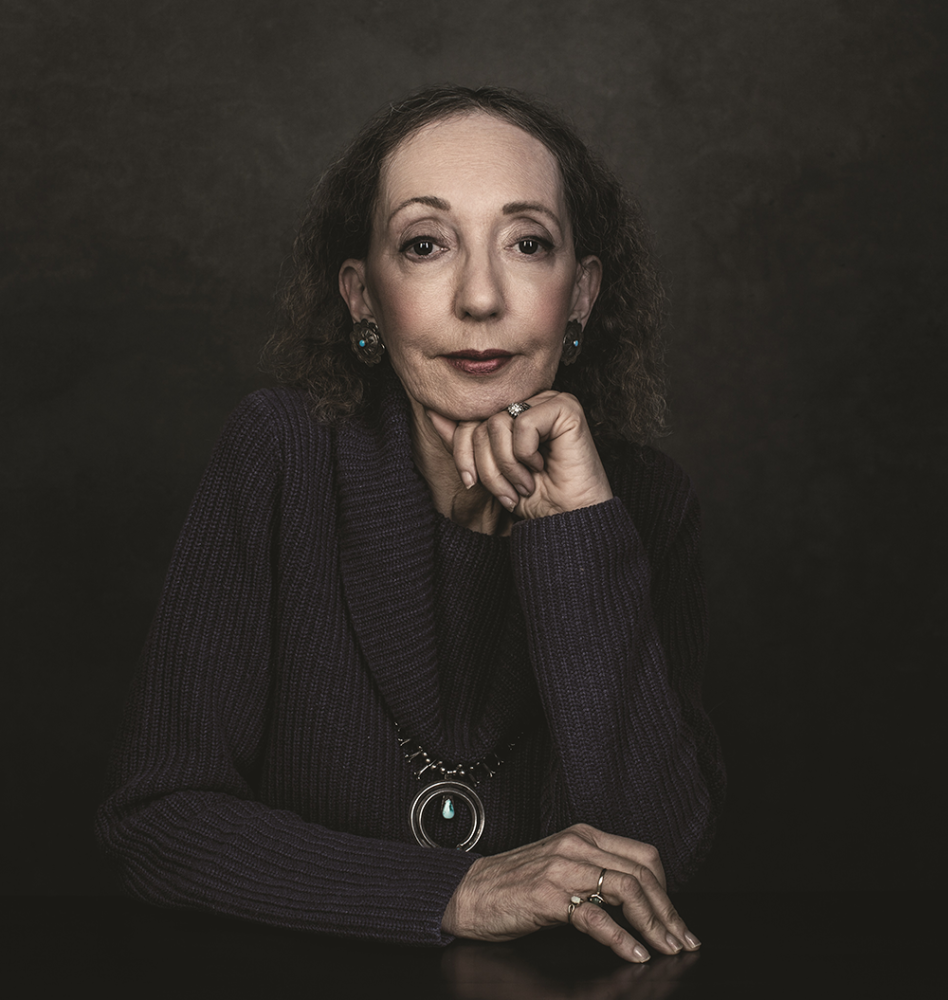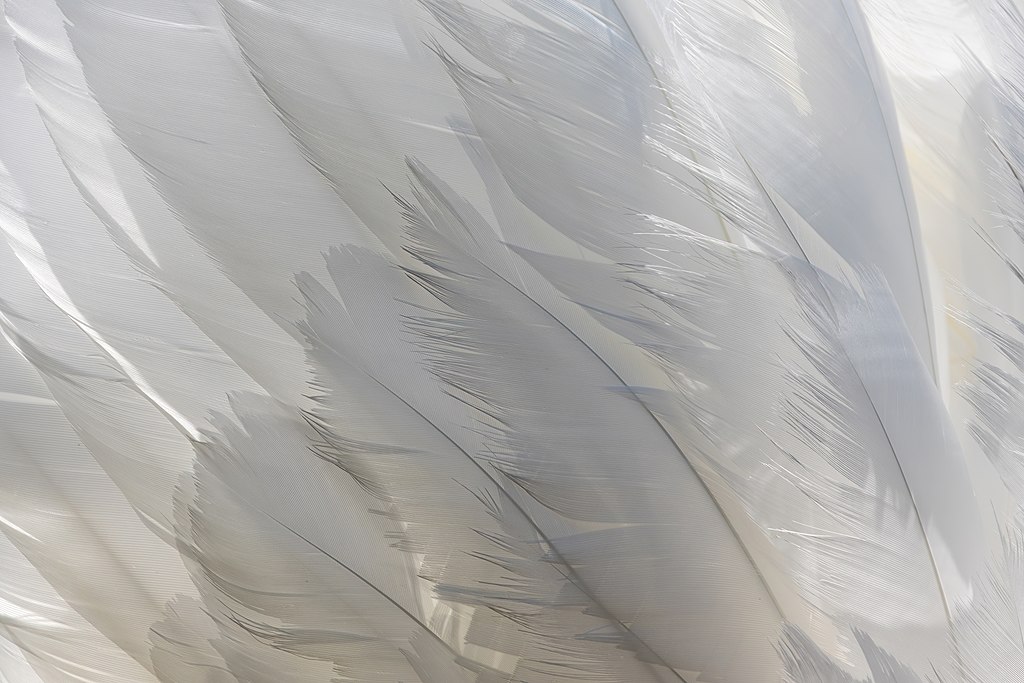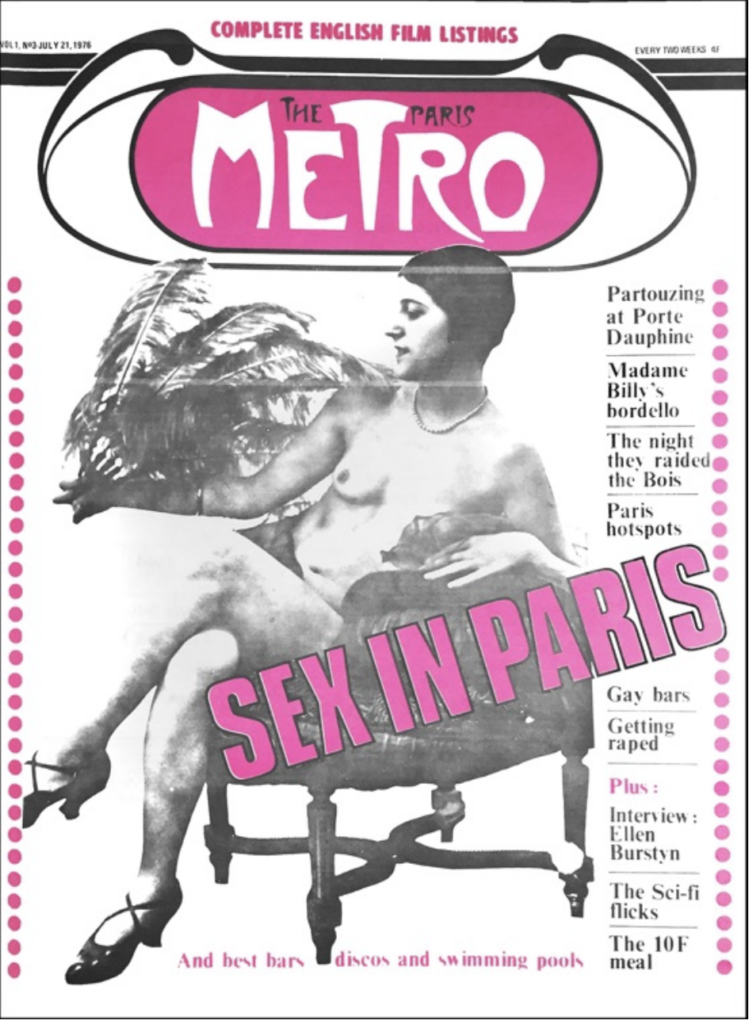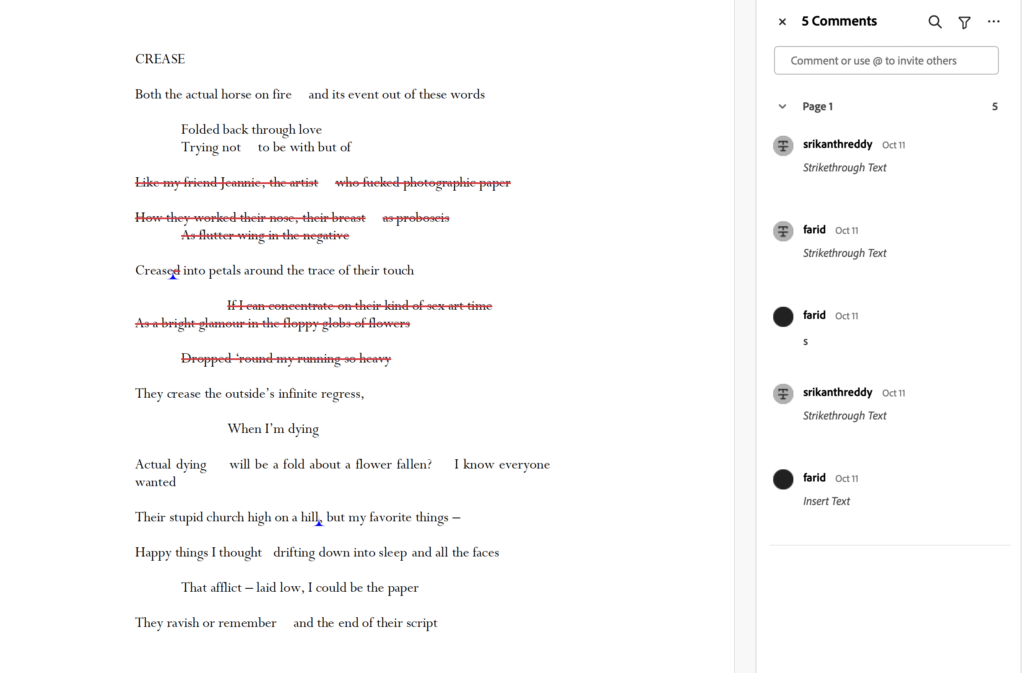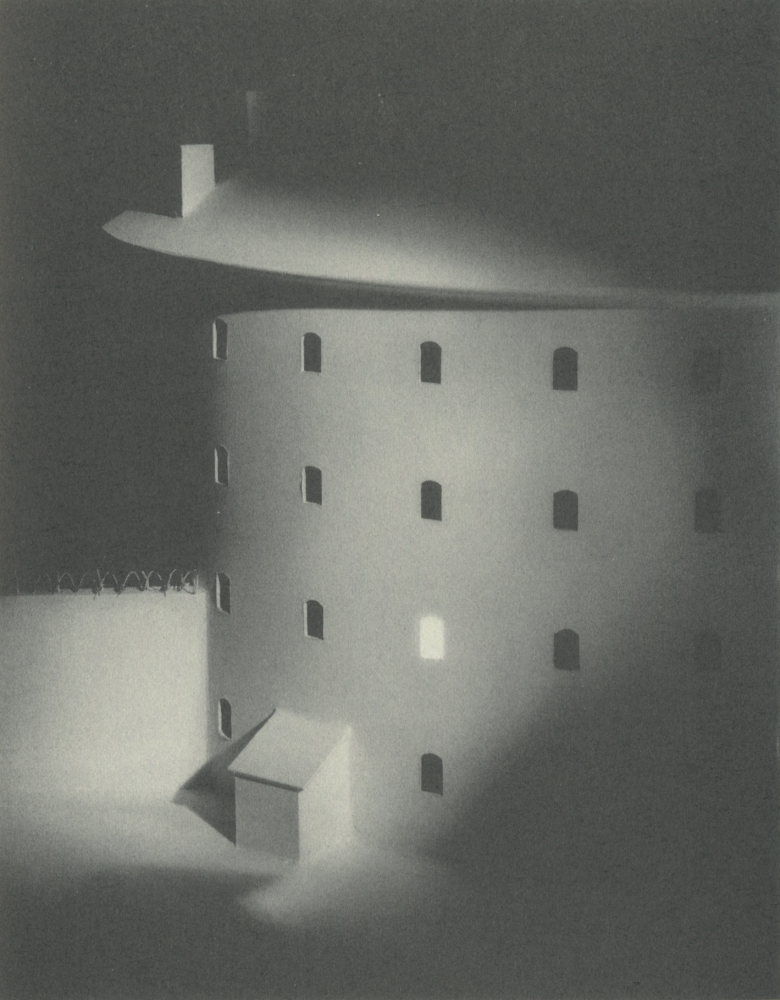As a community of book enthusiasts, we understand that rating and interpreting books are a subjective experience. But as someone who loves reading, I find it exciting to discover new books that have been recognized for their excellence by people who have a deep understanding of literature and have won awards themselves. This often leads me to explore genres I don’t typically read, and I’ve been lucky enough to discover some amazing authors in the process. Looking back, I’ve compiled a comprehensive list of award-winning books 2023 had to offer, including those that not only won the most coveted awards but also received multiple honors from prestigious literary and nonfiction awards.
This selection offers a diverse range of books, from poignant stories that connect deeply to your soul to dark fairytales with cunning princesses. All the books on this list have something unique to offer and have been recognized for their top-tier storytelling.
I’ve included some of the most prestigious literary awards, such as the Pulitzer Prize, Nobel Prize in Literature, or the Booker/International Booker Prize. There are also genre-specific awards, such as the Hugo and Nebula Awards. Moreover, I’ve included details about numerous awards and medals that are dedicated to recognizing and celebrating authors and illustrators of color.
It’s important to note that some of the books that received awards in 2023 were originally published in 2022 due to the different timings of the awards. This is a great opportunity to catch up on books you might have missed and discover the hidden gems that were celebrated during the award season!
Let’s dive in!
Copyright
© Book Riot




